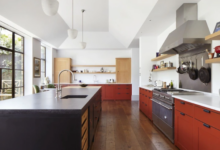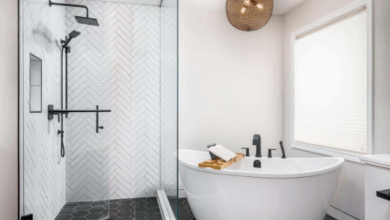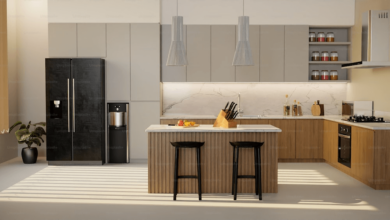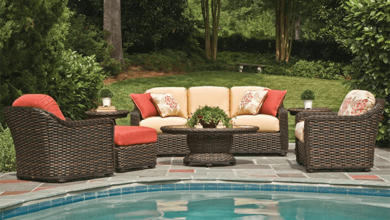Shutter Chronicles: A Journey Through Design, Function, and Style
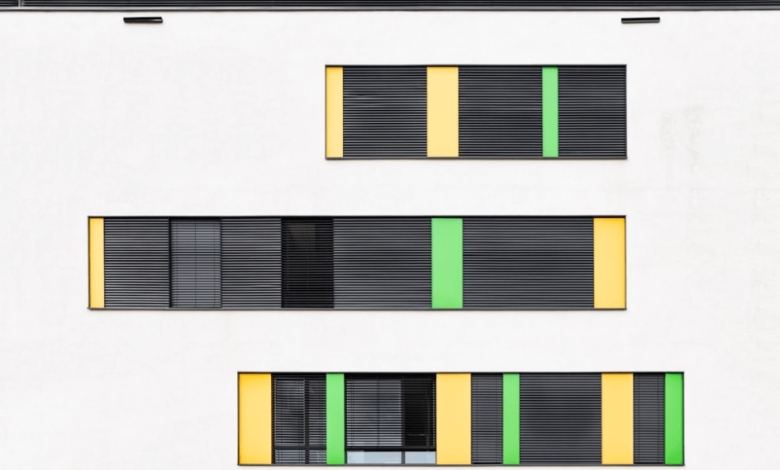
When it comes to home design, every detail matters, and few elements can transform the look and feel of your home quite like shutters. These versatile additions not only enhance curb appeal but also play a crucial role in controlling light, ventilation, and privacy. Join us on a captivating journey through the world of shutters as we explore their historical evolution, various materials, functional designs, and styles that seamlessly integrate with different architectural aesthetics.
Historical Evolution of Shutters
Shutters have a rich history that dates back centuries. Originating as practical solutions for protection from the elements, shutters have evolved into essential design elements. Early shutters were simple and utilitarian, often made of wood for its durability. Over time, the design and functionality of shutters expanded, influenced by cultural preferences and architectural trends.
Types of Shutters Based on Material
- Flame Zone Shutters: In regions susceptible to wildfires, flame zone shutters are crucial. These specialized shutters are designed to withstand extreme conditions, providing both functional and safety benefits for homeowners.
- Wooden Shutters: Wooden shutters exude timeless charm and warmth. Their natural aesthetic appeal makes them a popular choice for traditional and rustic homes. However, it’s crucial to note that wooden shutters require regular maintenance to preserve their beauty.
- Vinyl Shutters: For homeowners seeking durability and weather resistance, vinyl shutters are an excellent choice. Their versatility in design and easy installation make them a practical option for modern homes. Additionally, vinyl shutters are known for their low maintenance requirements.
- Composite Shutters: Blending the best of both worlds, composite shutters combine various materials to offer a durable and customizable solution. Homeowners can enjoy the benefits of a long-lasting material without compromising on design options.
Functional Shutter Designs
Louvered Shutters: Louvered shutters are celebrated for their adjustable slats, providing homeowners with control over light and ventilation. This design is not only functional but also adds a touch of elegance to homes, making it a favorite for various architectural styles.
Panel Shutters: Known for their solid construction and classic appeal, panel shutters bring a sense of tradition to any home. These shutters are highly versatile, offering a wide range of design options to suit both historical and modern applications.
Board and Batten Shutters: Rustic charm meets simplicity in board and batten shutters. With a design that highlights vertical boards and horizontal battens, these shutters bring a touch of nostalgia to contemporary homes. Considerations for installation are essential to ensure they align seamlessly with the overall aesthetic.
Shutter Styles for Different Architectural Designs
- Colonial Style Shutters:
Characterized by symmetry and elegance, colonial style shutters complement homes with a classic design. Traditional material choices, such as wooden shutters, often enhance the authenticity of colonial-style architecture.
Read also: Beyond Flowers: Innovative Ways to Decorate Your Garden Space
- Mediterranean Style Shutters:
Arched designs and decorative elements define shutters that complement Mediterranean-style homes. The influence of climate on design is evident in shutters that balance aesthetics with functionality.
- Modern and Contemporary Shutter Styles:
Minimalist designs and clean lines dominate the shutter styles for modern and contemporary homes. Integration with smart home technology further enhances the functionality of these shutters, providing homeowners with convenient control.
Choosing the Right Shutters for Your Home
Considerations Based on Climate: Harsh weather conditions demand shutters that can withstand the elements. Understanding the impact of climate on shutter materials helps homeowners make informed decisions.
Matching Shutters to Home Architecture: Achieving visual harmony involves selecting shutters that complement the overall architecture and color scheme of the home. Complementary colors and styles contribute to a cohesive and appealing look.
Budgetary Considerations and Return on Investment: While exploring shutter options, it’s essential to consider the cost of different materials. Long-term value and maintenance costs play a crucial role in the decision-making process.
Maintenance and Care Tips
Ensuring the longevity of your shutters involves adopting a proactive approach to maintenance. Regular cleaning, seasonal upkeep, and troubleshooting common issues are integral to preserving the beauty and functionality of your chosen shutters. Following these guidelines can significantly extend the lifespan of your investment.
Conclusion
As we conclude our journey through the Shutter Chronicles, it’s evident that shutters are not merely functional elements but integral contributors to a home’s design, function, and style. Whether you opt for the classic appeal of wooden shutters, the modern convenience of vinyl, or the blended durability of composite materials, the right choice can elevate your home’s aesthetic and functionality. Embrace the world of shutters, and let your home tell its unique design story.


